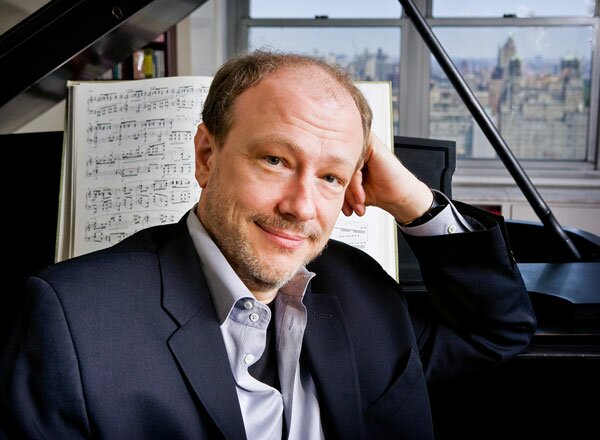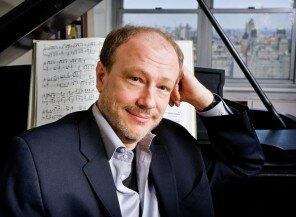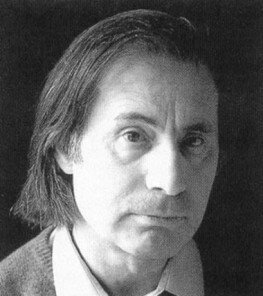This week’s Masterworks program at the Seattle Symphony promised to be an exciting one and it delivered in spades Thursday night, an all-Russian concert with Russian composers, a Russian conductor, Andrey Boreyko, and a Russian soloist, concertmaster Alexander Velinzon. (There are several Russian instrumentalists in the orchestra also.) The final concert is Saturday evening.
Shostakovich’s great “Leningrad” symphony, his No. 7, came after intermission; first came the extraordinary Violin Concerto No. 4 by Alfred Schnittke.
Schnittke’s music has somewhat a reputation of being hard to listen to and take in, but this is not so, particularly in this concerto. The music is described as polystylistic, which only means that the composer drew on all sorts of musical styles, from rock, jazz, minimalist and more as well as classical, for his work. But so did popular Gershwin—jazz and classical together.
Like Gershwin, Schnittke brings them into a coherent whole in this concerto, sometimes tonal and upbeat, sometimes dissonant, sometimes both simultaneously with the soloist in one mode, the orchestra in another. While the orchestra is massive for this, the music is not, often even spare. Velinzon’s violin sang throughout: mellifluous, lyrical in many areas, soaring or contemplative in others, fast, wild or arpeggiated in still more, peaceful or powerful, but always with a firm, rich tone, never scratchy, which fit the music like a glove. Schnittke includes some unexpected instrumentation, like a prepared piano which often had a raspy, honky-tonk timbre, and duets for the soloist with other instruments. Twice, Schnittke has the orchestra rise to great sound and fury and has the violin solo continue in the air, not on the strings, as it couldn’t have been heard anyway over the orchestra. Boreyko gave masterly leadership to the orchestra which responded to his every nuanced gesture shaping the music.
Shostakovich’s symphony was a beacon of hope to Russia when it was first performed in March 1942. He composed it near the beginning of the long and terrible siege of Leningrad, which caused massive hardship and death both in the city and among the siege troops. Shostakovich was one of those ordered to evacuate the city, his home, not long after the final encirclement of the city and the siege began (though the city had been under fire for some months before that). By then he had composed the first three movements, and he completed the fourth shortly after. The symphony had its premiere in Kuibyshev, a safe area many miles east of Moscow.
It’s not a battle symphony. Rather, it is a paean to the steadfast people of Leningrad, who never gave in to the German armies; people Shostakovich knew well, living in a situation for which he was present in the early stages. What came through Thursday night under Boreyko was a sense of determination, of courage threaded through the 68-minute work. It’s not sad, not terrible, but immensely colorful.
Halfway through a serene and unhurried first movement the rhythm of marching feet begins softly and grows inexorably, tension building gradually to threatening, with clashes and the feel of scurrying, cacophony below, loud dominating march above. One gets a sense of efforts at normal life in the second and third, and in the last, it’s positive, energetic, elegiac as well, but with this sense of determination dominant.
Boreyko, who stands rock solid on the podium, sometimes conducted with minimal gestures at others described exactly what he wanted with poesy and clarity in his arm movements. He brought out all the nuances and made vivid Shostakovich’s intent. There were many fine orchestra solos, including all the wind principals and the cello. The whole was moving, even breathtaking in its sweep, color and emotional intensity. One could have heard a pin drop in the audience.


